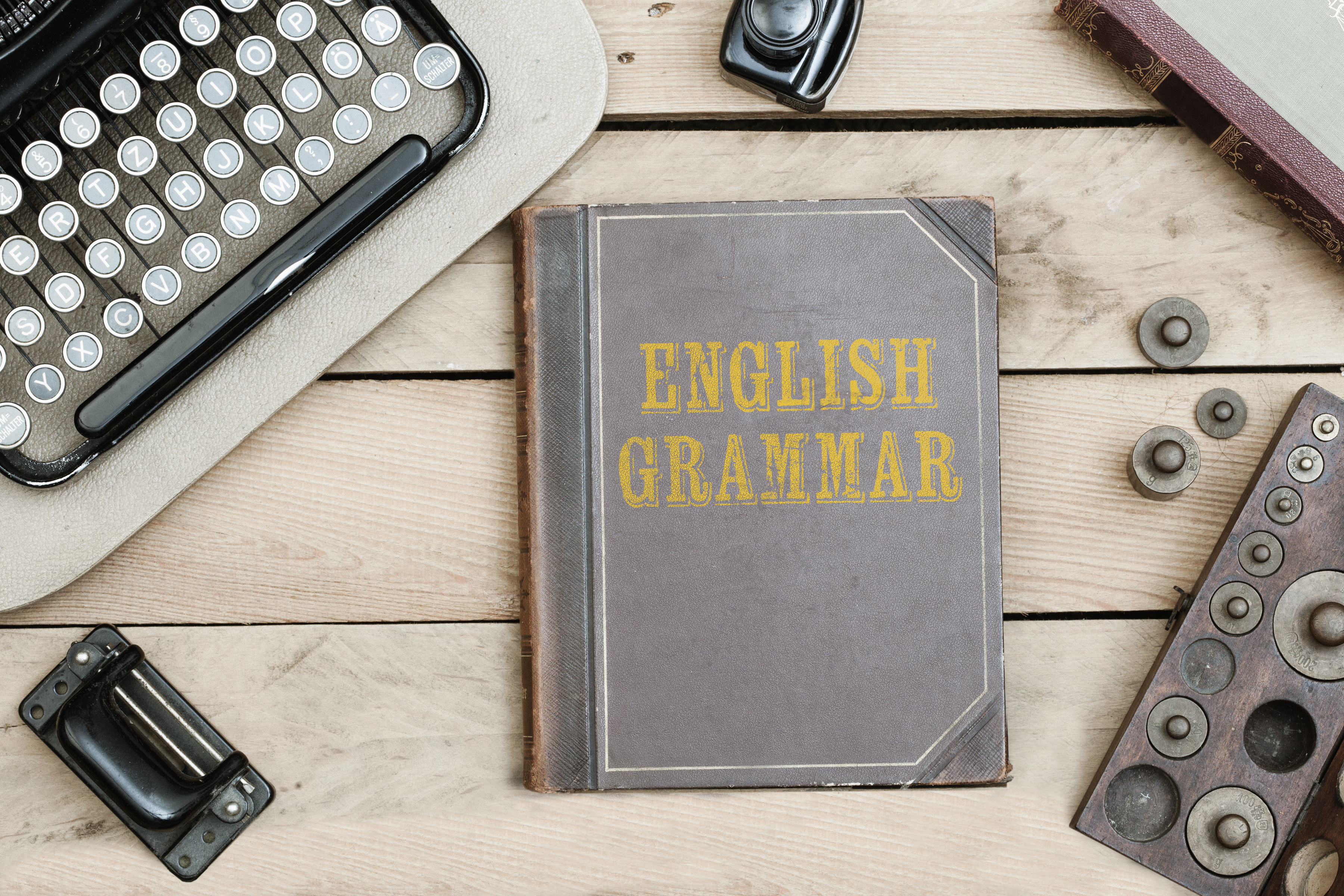
Words matter. Words educate, inform, entertain and uplift us. They can also confuse, irritate or depress us. Writers carefully select the words they choose — whether for a headline, book dialogue, tagline or product name.
Yes, words matter. But so do the rules of grammar that surround them. Many writers excel at research, interviewing and writing to engage their audience. Plenty can even turn prose into poetry, arranging words so they just roll off the tongue. But it all might be for naught if it’s wrapped in grammatical errors and inconsistencies.
As we approach National Grammar Day on March 4, it’s important to talk about why grammar matters.
Not long ago, I was part of team making a grammar recommendation on a project. Despite our unanimous stance, our advice garnered pushback. It didn’t look nice in the copy, so our recommendation was rebuffed. We gave our counsel. But the final call did not rest with us word nerds. One of my colleagues commented that this decision reflects a larger issue — that some people just don’t care about proper grammar. (Oh, my heart!)
I know she’s right; a lot of people don’t care. But as communicators, we should care, and we need to enforce the rules. Here are a few things to think about.
Some audience members will notice.
Invariably, you will have educated people in your audience (we hope!) who notice your grammatical errors — and who will care about them. Trust me. After years of working in publishing, I can attest that just as many letters to the editor point out copy errors as the ones that weigh in on messaging. People who notice such things will question your professionalism and may even doubt your products and services. After all, isn’t the best indicator of a sanitary restaurant clean bathrooms? It’s the same with content. If your business doesn’t care enough to create quality content, people will assume it doesn’t care to ensure quality in anything else it does.
Grammar is for readers, not writers.
Grammatical rules are not intended to make a writer’s life difficult. Indeed, they exist to help readers. I may choose to break certain rules — like using fragments in my blog posts. But I always consider whether I am doing this at the detriment to my reader.
Time a reader has to spend questioning your meaning because you’ve split an infinitive or dangled a participle is time they could spend understanding and absorbing your information. Every time a reader pauses, we know there is a chance he or she will set your content aside in lieu of something else. Why would we as writers ever want to do anything to cause a reader to have to work harder to understand what we’re trying to say?
Design considerations do not override grammar.
I know some designers don’t want to see hyphenated phrases in headlines, program logos or banner ads. It’s unattractive. I say: too bad. If those are the words that need to be there, they need to be correct. Have a conversation and write around the design issue if you must. But never choose appearance over correct grammar, style or punctuation. Ignoring punctuation for the sake of aesthetics doesn’t help anyone.
Yes, you can still be conversational.
Using proper grammar does not mean you have to be formal. You absolutely can use a conversational and friendly tone while still adhering to generally accepted rules of grammar. Set your tone with the words you choose, the tense you use and how you address your audience. Using plain English and first- and second-person writing lay the foundation for conversational-sounding content. However, text-speak (u know?) and made-up words (irregardless) are too casual for business, as are multiple exclamation points (!!!!!) and emojis :).
Style and grammar are not the same thing.
There are a variety of stylebooks you can choose to follow — AP style, Chicago Manual of Style or New York Times, or you can create your own. A style guide, however, isn’t about grammar. A style guide is about consistency and setting a standard for how words or phrases are to be treated when there is no grammar rule to direct you. For example, there is no grammar rule that says you have to italicize a book title. You may choose to italicize it or put quotes around it or do neither. That is a style choice. Likewise, the Oxford or serial comma is not a black-or-white issue. That is a style choice. Some style decisions will be dictated by your industry or your organization, but grammar applies to the English language as a whole.
Yes, rules are (sometimes) meant to be broken.
So is it OK to choose not to follow some grammar rules? The desire to break with certain rules is common. I get it. When possible, try writing around the issue, meaning rewrite the sentence to avoid the issue altogether. If that’s truly undesirable, it’s OK to opt for a slightly less grammatically correct version of a sentence in order to make things easier on the reader. That (to me) is acceptable. But unless you have a grammar expert in the room to ensure everyone understands the rules, no one should be breaking them.
The words we choose matter, and the guiding principles around how we structure those words lie in the rules of grammar. We can’t lose sight of our goal. We must always keep our audience in mind. And yes, even today — in the age of Twitter and texting and click-bait headlines and all the rest — grammar matters.

No words. “Some audience members WILL notice.” Amen, sister! (Love, love, love. Share, share, share. Hope, hope, hope.) : D